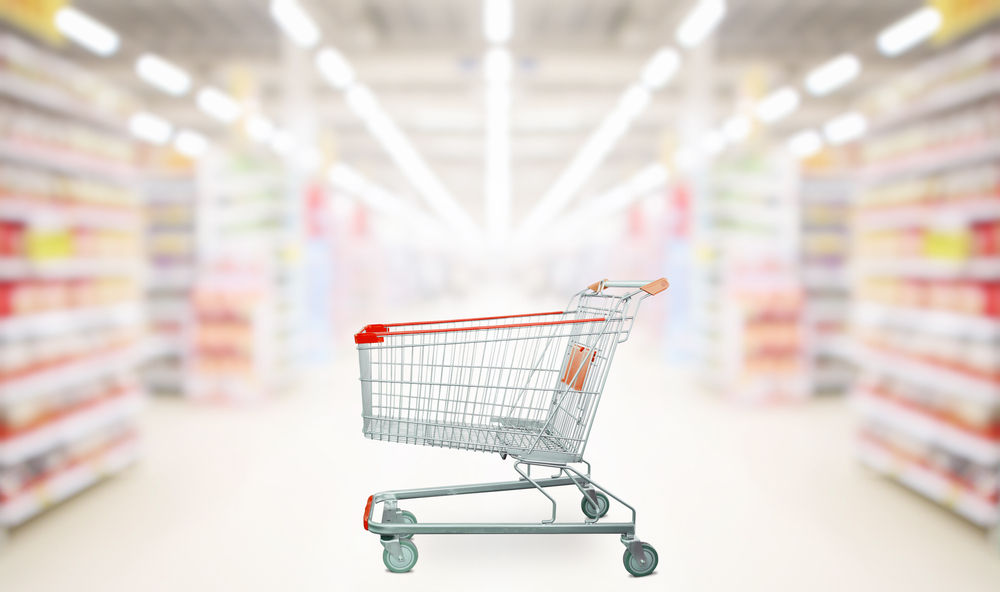Household Bills
E-bikes and video doorbells added to inflation ‘shopping basket’

E-bikes and video doorbells have been added to the official list of products used to measure inflation, while digital cameras and non-chart CD albums are out.
To calculate inflation and to see how prices move each month, the Office for National Statistics (ONS) uses a basket of popular goods and services.
However, this typical ‘shopping basket’ is reviewed annually so it is more reflective of Brits’ changing spending and consumption habits, with updates introduced in February each year.
For 2023, 26 items have been added to the basket while 16 items have been removed out of a 743 total. The changes apply to all three inflation measures: Consumer Prices Index (CPI), CPI including owner occupiers’ housing costs (CPIH) and Retail Prices Index (RPI).
What’s in the inflation shopping basket?
In the latest update, the ONS has added infants’ dresses and e-bikes due to their popularity.
Frozen berries have also been included to represent frozen fruit – the first time this category has been covered. With frozen fruit and vegetables often cheaper than their fresh equivalents, it shows Brits are becoming savvier as grocery price inflation soars.
Green beans have also made the cut as a ‘diversifier’ in the vegetables category, while computer game accessories has been introduced after this category was previously removed in 2013.
In a bid to better reflect the growth of veganism, the ONS has split its existing margarine and low-fat spread item in two, with dairy spread or margarine, and a dairy-free equivalent, including ‘free from’ products.
Statistician Philip Gooding, said: “As in most years, developments in technology influence the update and for 2023, a security or surveillance camera has been added. This item aims to capture the wide range of video doorbells and security cameras available while ensuring the basket is up-to-date with the latest smart technology, which is a feature of this product’s popularity among consumers.”
Elsewhere, tortillas and wraps, men’s belts, soundbars are in, while the rail fares item will be more detailed with six further listings which will be based on transaction data from 30 million price points.
Gooding said: “It will improve our coverage and increase the granularity of the data, offering additional insights into the components driving rail fare inflation in the UK.”
What’s out of the inflation shopping basket?
Digital compact cameras are out off the back of the decline in consumer spending because of the increased use and quality of smartphone cameras.
Non-chart CDs and non-film DVDs have also been dropped from price collection in shops as some retailers have stopped selling them “reflecting the rise of streaming”.
Meanwhile, the postage charge item is being replaced by new items for letter and parcel handling so that the ONS can capture price quotes from other courier services. Tampons have also been replaced by sanitary towels as they attract greater expenditure “and are currently more representative of feminine hygiene products,” the ONS noted.
Alcopops and spirit-based drinks have also been removed from the restaurants and cafes category, while the ONS has stopped collating data for one cigarette brand, and two red wine items from its European and New World wines have been merged.
‘Home-killed lamb shoulder’ has been cut, but lamb is still represented in the basket by lamb chops and steaks.
‘One thing is for sure – prices are rising’
Laura Suter, head of personal finance at AJ Bell, said: “These new items will be used to calculate the next batch of inflation figures coming out later this month. Regardless of how our preferences have changed, one thing is for sure, prices are still rising and people are still finding everything more expensive.”
Myron Jobson, senior personal finance analyst at Interactive Investor, added that the variety of the typical shopping basket “should remind us that the experiences of the rising cost of living is unique to each individual”.
He said: “We all have our own inflation number, and it is worth keeping tabs on your spending habits to get a better idea of the goods and services that are eating most into your budget, and where you could cut back.”